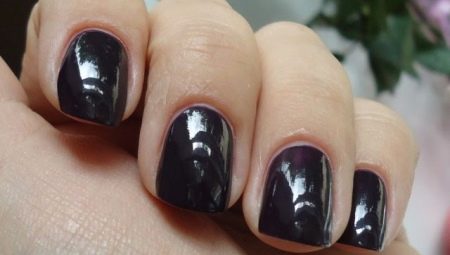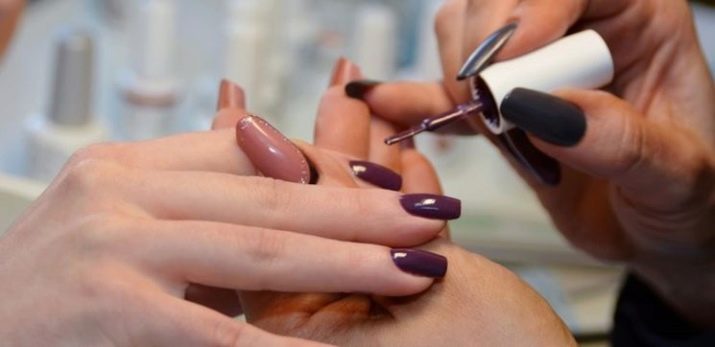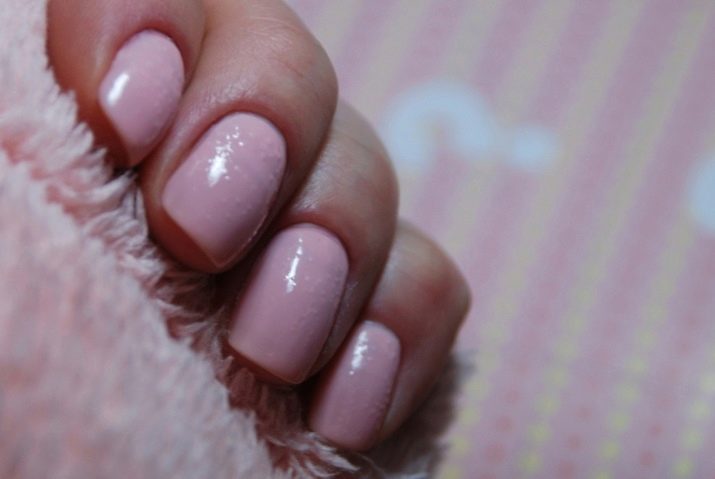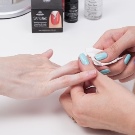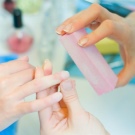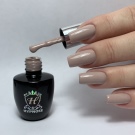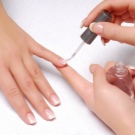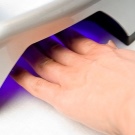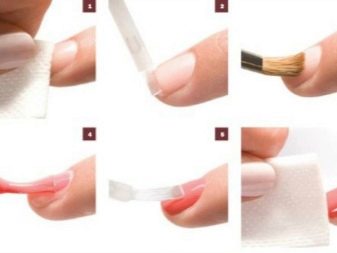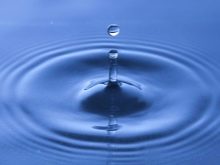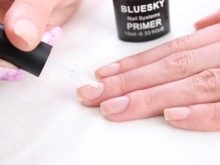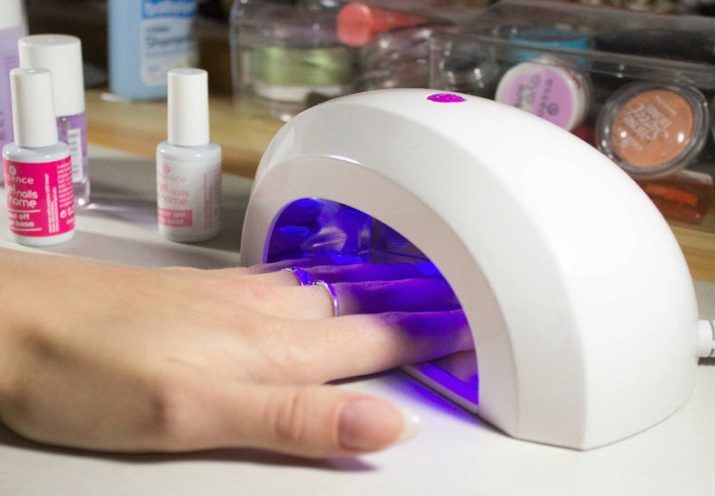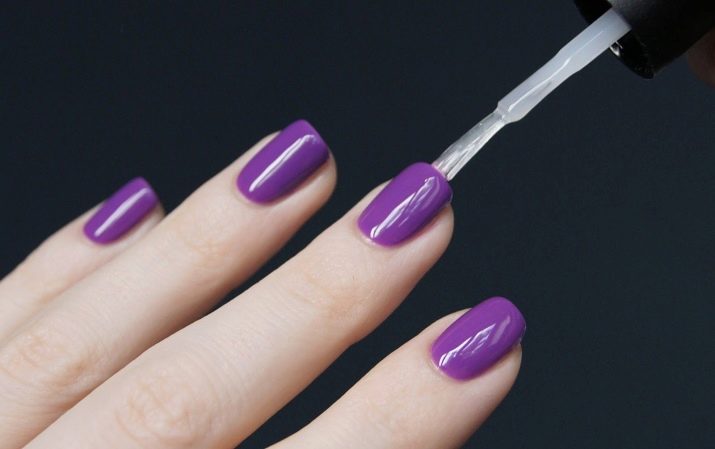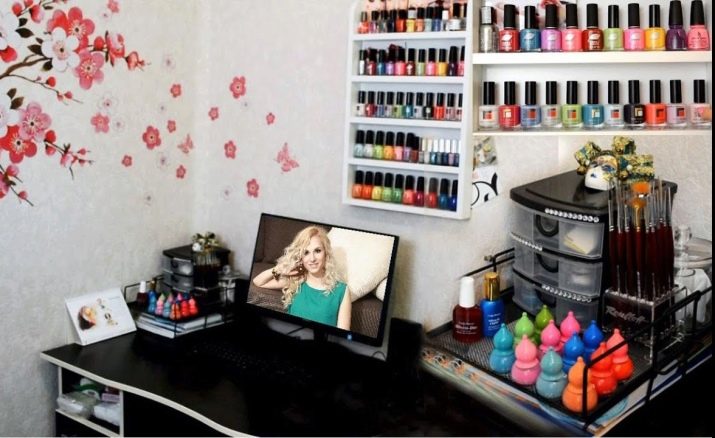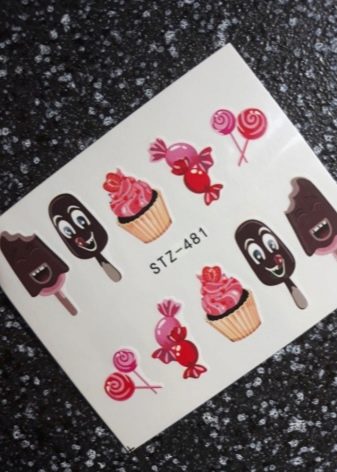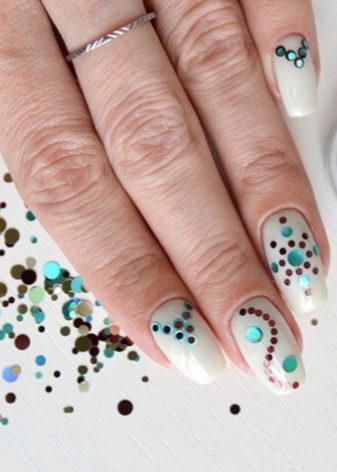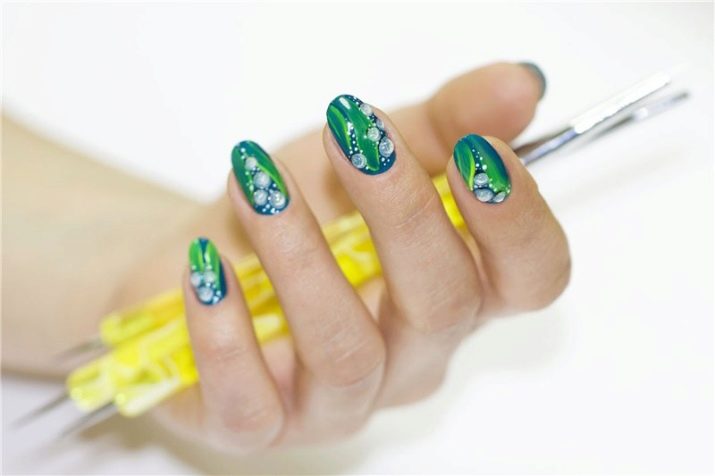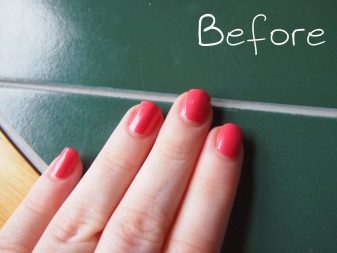It will be difficult to find a person who does not know about a persistent manicure that can stick on nails for more than a month. The secret lies in the use of gel polishes. One of the main features of such materials is drying in a special lamp, which is capable of generating special radiation. Gel polish from such exposure becomes durable and resistant to external influences.
But sometimes he can behave differently. Even specialists are familiar with situations when gel lacquer blisters on nails. This situation is unpleasant. Manicure is spoiled, it needs to be redone, which significantly increases the duration of the procedure. To avoid such a situation with you, it is necessary to get acquainted in detail with the reasons for which it arises.
Why do bubbles form?
In order for your manicure to never be spoiled by swollen bubbles, you need to examine the causes of this situation. There may be several:
- low-quality materials, the constituent components of which react with air;
- a thick layer of lacquer that can not be dried at once: the top layer hardens, and the bottom layer remains liquid and appears as bubbles;
- poor degreasing of the plate;
- moisture from the nails evaporates and raises the lacquer, forming bubbles on the surface;
- polishing must be carried out necessarily and thoroughly;
- A lacquer with expired expiry date cannot be used, its composition is stratified and the solvent usually makes up the top layer, agitation of the vial will not save the situation;
- a dried or tattered brush is completely unsuitable for work;
- gel polish should not be shaken before use.
Violations of the technology of application
- Gel polish is blown up on drying, often due to shaking of the vial. If you can treat the usual varnishes and even need them, then the gel varnish reacts sharply to such actions. In the process of shaking, the liquid is mixed with air, which during drying appears as a bubbly surface. To correct the situation, you need to heat the bubble in your hands. This will allow the material to acquire the desired uniformity and return it to the previous properties.
- Nails in the process of creating a design should be carefully degreased and coated with a quality base. The remains of any material on the plate, for example, a cream, will swell after the base has dried.
- A large number of layers is a mistake that most homemade self-taught master beginners make. Optimum color saturation is usually achieved after applying the second layer. In very rare cases, a third coating layer is required. Gel polish, which turns into a multi-layered structure, looks rough, worn poorly and often lags behind the nail during the first week after the procedure. Two layers is the maximum that you can afford.
- Water and gel polish are incompatible concepts that should not even be near. With high probability we can talk about a damaged manicure, which was applied to wet nails. Even one drop is enough for the result on the nails after drying to become a disappointment. Be sure to use a primer in the work, and all bubbles with materials must be tightly closed.
- The nail is able to absorb moisture, which even a primer cannot quickly get rid of.If a gel is applied on such nails, over time, water will stand out from the plate and lift the decorative coating. Because you can not do a manicure after water treatments.
- It is recommended to choose materials from the same manufacturer. This will eliminate the incompatibility of materials, which arises due to the difference in composition.
- A good gel polish can not be cheap. No need to be seduced by the low cost, no matter how attractive it is. The swollen surface after drying such a material is the most innocuous problem that very affordable gels can bring. In their composition may be harmful and even prohibited components.
Violations of drying technology
All materials used for manicure based on gel polishes should be dried in special lamps. Moreover, you need to follow the rules and technology. Because of some errors on the surface of the nail bubbles appear. The list of errors is given below.
- Replace the lamp with another source of heat can not. There are cases of using a hair dryer, for example. It is also strictly forbidden to put your nails under cold water, to wave your arms. Nothing that has been done with ordinary varnish can be applied to gels. These materials are not designed for such treatment, they have a completely different composition and structure, which is violated from the wrong actions.
- Incorrect lamp operation may also cause unpleasant bloating on the nails. You can try to change the source of radiation. If the result is flawless, then the reason is exactly hidden in the lamp.
- Only the upper layers of materials harden in the lamp. For an hour the varnish still continues to dry. Therefore, it is impossible immediately after work to drink hot drinks, to contact with water, chemicals and heat sources. You need to wait this time to cover turned out as strong as possible.
- Quick drying is not applicable to all materials. It is necessary to study the instructions for the use of each material involved in the work.
A fixer must be used. It makes the coating more durable, protects it from contact with external factors and increases the durability of the manicure.
Storage technology breaches
All materials must be stored with special rules. If the storage conditions are different from the norm, then the effect of bubbles will surely manifest.
- The neck of the bottles should be kept clean. After completing the manicure, you must wipe the neck of residual varnish.
- Sun rays and heat are the main enemies of gel polishes. Ultraviolet radiation, the source of which is the sun, quickly reduce the quality of varnish, and from the hot microclimate it dries. There is nothing good to expect from such materials.
- The bottles are always kept in a well-closed state so that the material does not come into contact with air.
- Vials should be in a strictly vertical position. There should be no slopes, not to mention a horizontal position.
- Gel polishes do not tolerate neighborhoods with water, even a wet environment will be destructive for them. It is not necessary to choose a place for storage near the water source or with a high level of humidity.
We remove the problem without removing the cover
There is not always a time margin that will allow you to redo a damaged manicure. In these cases, you can get by with "little blood": to remove or hide the formed bubbles.
There are a number of tricks that salon masters use.
Stickers are a convenient way to create a unique design, which also allows you to hide places with manifested defects. This way you can hide only small problems. It is better to use 3D applications.
Relief drawing is difficult, but effective. The design in this case will look spectacular and expensive. No one would guess that there was a problem that was cleverly disguised.
- There are special materials that are intended for such cases.They can be used to eliminate bloating, and not just disguise, as in previous cases. Such means dissolve the top layer and align the previous ones. Such materials include Pro Fix and Smudge Corrector - these materials are the most successful and effective.
The problem can be disguised or removed in any of the ways described above, but you should not hope for the durability of the manicure. Layers are poorly bonded to each other, therefore, the coating is not complete.
For errors when applying gel polish, see the following video.
